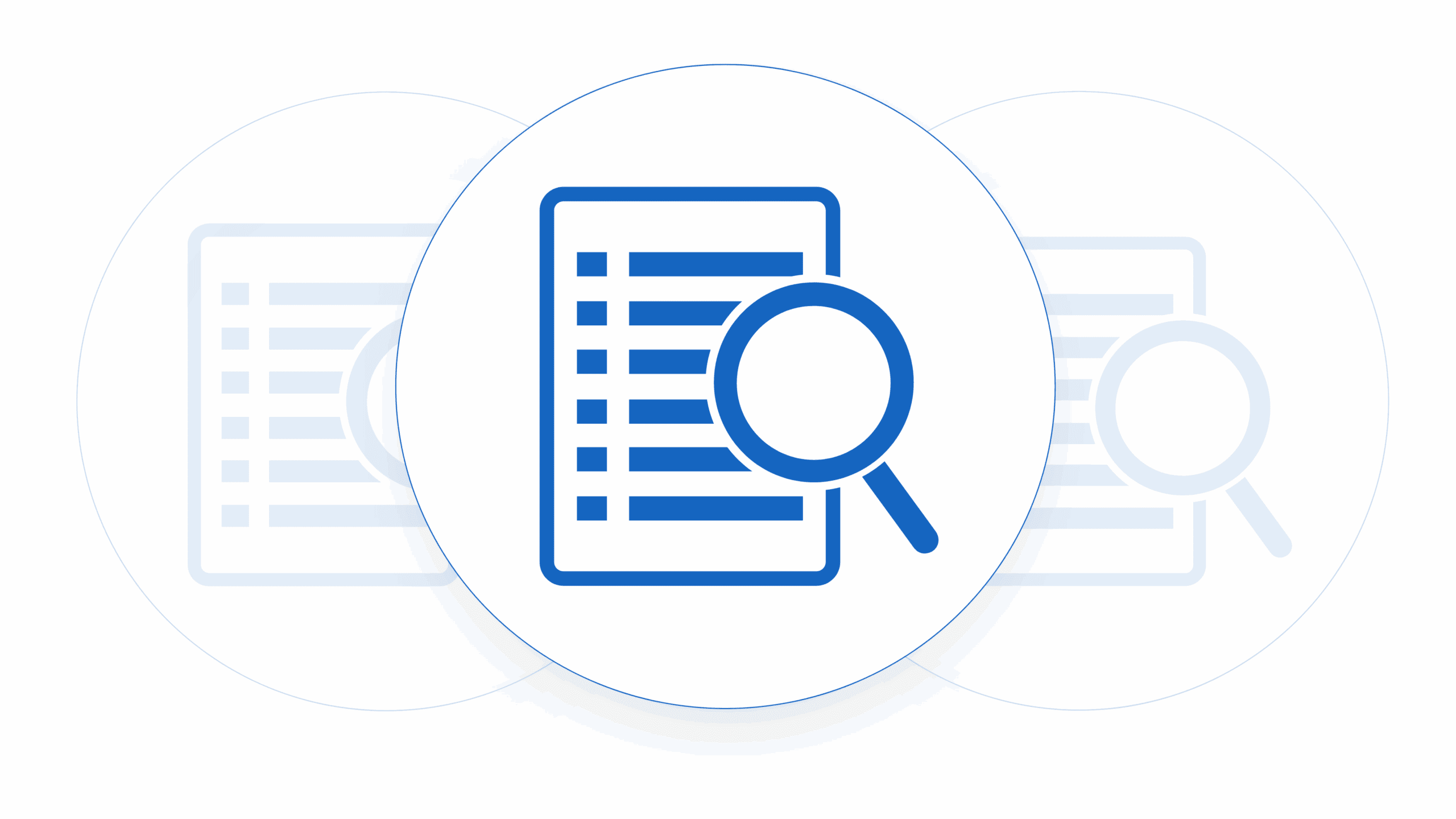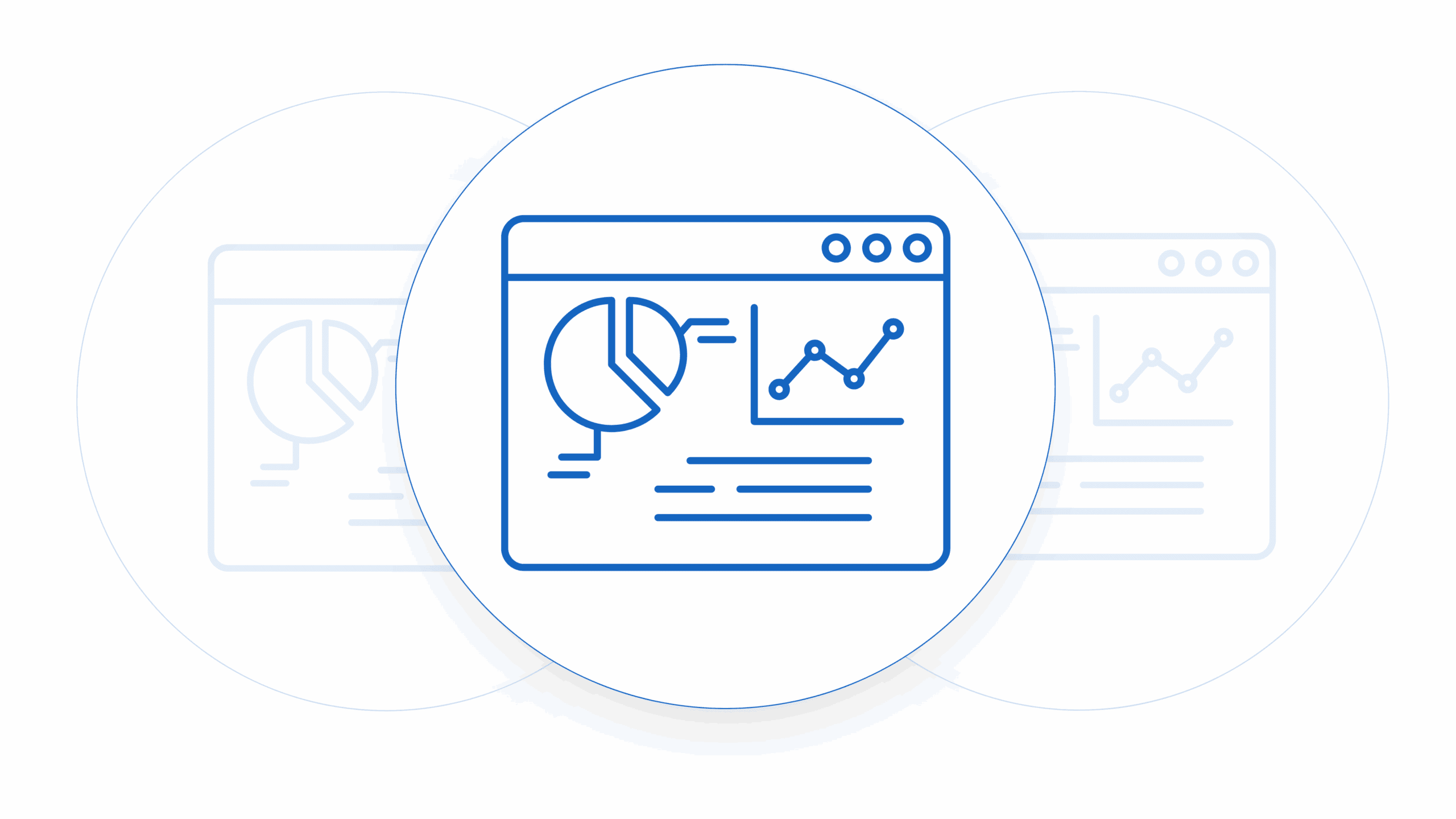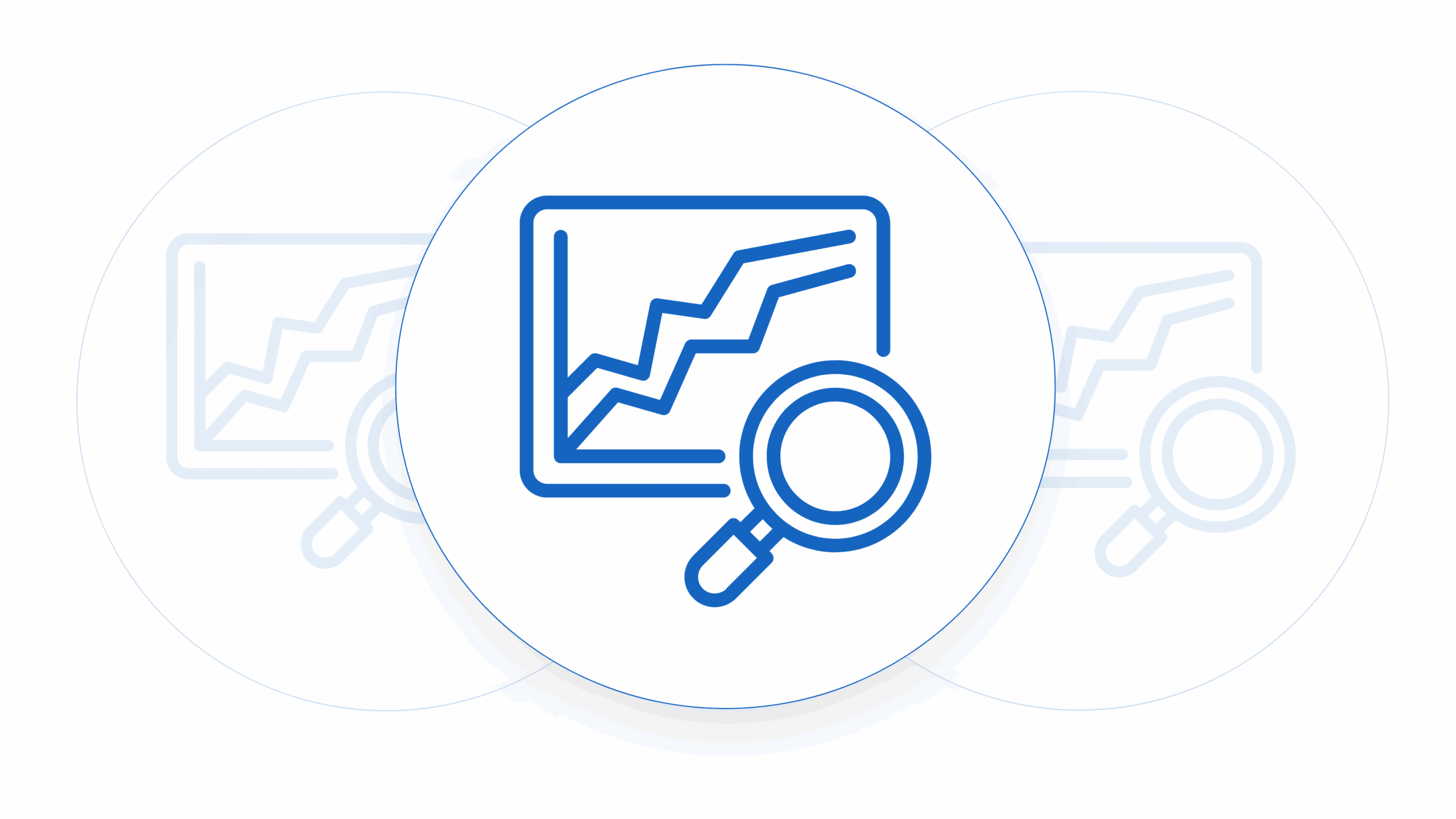Intellectual Property in SaaS contracts is often a hot debate topic in the negotiation of software as a service contracts. The way that this is outlined in SaaS contracts can have ramifications for both of the parties involved. This is particularly true when the use of a SaaS product involves uploading the users IP to the platform in some way or another. Think of a learning management system that has your companies training manuals in it or a platform like Hubspot that allows you to create your own landing pages with your own content. The reason why this is contentious is because this blurs the line of what a SaaS company does. This moves a SaaS company out of the reigns of providing a ‘service’ where there is no transfer of goods into a platform that allows for the transfer of goods and a SaaS contract must clearly define that although this exchange happens there is no change in ownership and it must clearly point out the end of contract remedies for where and how IP is returned to the relevant parties.
What is intellectual property in the software as a service world?
There are two buckets of intellectual property involved in contracting for SaaS companies. The first that we’ll look to define is the IP that is owned by the SaaS company itself. For a SaaS company IP refers to creations of the mind, such as inventions, literary and artistic works, and symbols, names, and images used in commerce. In the context of software as a service companies, intellectual property may include the software code, any associated user manuals or documentation, and possibly the company’s branding and marketing materials.
Above clear contracts there are various forms of intellectual property protection that may be applicable to software as a service companies. For example, the software code itself may be protected by copyright law, which prohibits others from reproducing, distributing, or creating derivative works based on the code without permission. Patents may also be available to protect certain aspects of the software, such as its functionality or design. Trademarks may be used to protect branding elements, such as logos and company names, while trade secrets may be used to protect sensitive business information, such as customer lists or marketing strategies.
It is important for software as a service companies to understand and properly protect their intellectual property in order to prevent unauthorized use and to establish and maintain their competitive advantage in the marketplace.
Issues to watch with IP in SaaS contracts
An understanding of this is paramount when negotiating SaaS contracts. Without proper knowledge of your use case enterprise companies can push you to agree to their own terms and conditions, many of which are designed to acquire products, not purchase services. These boilerplate terms and conditions can state that as part of the contract the buyer will acquire the IP involved in the process. This effectively would be handing over your product for the cost of an annual contract. Although you shouldn’t expect enterprise companies to be doing these things for nefarious purposes, as they will more often than not just not understand the type of transaction, you can imagine that investors may look poorly on your attention to detail if you’ve signed a contract that effectively gives your entire product away.
Buyers intellectual property in SaaS contracts
The second bucket of intellectual property in SaaS contracts is that of the buyer. This, as mentioned earlier is the type of IP that would be uploaded by a user in the process of using your service. As you can imagine large enterprise companies tend to be quite protective over their hard earned IP and will make this very clear in the negotiation process. The best way to deal with this is to have it outlined very clearly that your SaaS company will not retain ownership of this, that it can be returned, exported or deleted at any point and also a clear outline of the data retention policy once a contract has ceased.
SaaS Contract Intellectual Property Clause Example
Intellectual property rights
-
In relation to the Deliverables:
-
the Supplier and its licensors shall retain ownership of all Intellectual Property Rights in the Deliverables, excluding the Customer Materials;
-
the Supplier grants the Customer, or shall procure the direct grant to the Customer of, a fully paid-up, worldwide, non-exclusive, royalty-free [perpetual and irrevocable licence OR licence during the term of this agreement] to copy and modify the Deliverables (excluding the Customer Materials) for the purpose of receiving and using the Works and the Deliverables [in its business]; and
-
the Customer shall not sub-license, assign or otherwise transfer the rights granted OR may sub-license the rights granted:
-
to its Affiliates and customers; and
-
[subject to their entering into appropriate confidentiality undertakings] to third parties for the purpose of the Customer’s receipt of services similar to the Works.
-
-
-
In relation to the Customer Materials, the Customer:
-
and its licensors shall retain ownership of all Intellectual Property Rights in the Customer Materials; and
-
grants to the Supplier a fully paid-up, non-exclusive, royalty-free, non-transferable licence to copy and modify the Customer Materials for the term of this agreement for the purpose of providing the Works to the Customer.
-
Breakdown of IP Rights Clause
-
Deliverables
-
In the context of a software as a service (SaaS) contract, deliverables are the specific goods or services that are to be provided to the customer as part of the agreement. These may include access to the software platform, support and maintenance services, and any additional features or functionality that are included in the contract.
The deliverables in a SaaS contract may be specified in a number of different ways, depending on the nature of the agreement. For example, the contract may specify a certain number of user licenses or a specific level of service, such as a certain number of customer support hours or a certain level of uptime for the software platform. The contract may also outline any training or onboarding services that are to be provided to the customer, as well as any additional services or support that may be available for an additional fee.
It is important for both the customer and the SaaS provider to carefully review and understand the deliverables included in the contract in order to ensure that the agreement meets the needs of both parties.
-
-
Licence
-
A licence refers to the legal permission granted by the software provider to the customer to use the software in accordance with the terms of the contract. The license may be granted on a perpetual basis, meaning that the customer has the right to use the software indefinitely, or it may be granted for a specific period of time, such as one year.
The terms of the licence will typically be set out in the SaaS contract and may include provisions such as the number of users who are authorized to access the software, the scope of use (e.g., for internal business purposes only), and any restrictions on the use or modification of the software. The licence may also specify any maintenance and support services that are to be provided by the software provider and any fees that are associated with the use of the software.
It is important for both the customer and the software provider to carefully review and understand the terms of the licence in order to ensure that the agreement meets the needs of both parties and complies with applicable laws.
-
-
Sub-license
-
A sublicense refers to a license granted by the customer to a third party to use the software in accordance with the terms of the contract between the customer and the software provider. A sublicense is typically granted by the customer with the permission of the software provider, and the terms of the sublicense must be consistent with the terms of the original license between the customer and the software provider.
For example, if the SaaS contract between the customer and the software provider allows the customer to use the software for a specific number of users and for a specific purpose, the customer may not be able to sublicense the software to a third party for a different number of users or for a different purpose without the permission of the software provider. The terms of the sublicense may also be subject to any additional terms and conditions that are set out in the SaaS contract, such as maintenance and support provisions or fees for the use of the software.
It is important for both the customer and the software provider to carefully review and understand the terms of any sublicense in order to ensure that the agreement meets the needs of all parties and complies with the terms of the original SaaS contract.
-
How to deal with Intellectual Property in SaaS contracts and it’s risk
One of the key ways to deal with IP risk in SaaS contracts if you are dealing with high value customer IP is by negotiating different levels of SaaS liability caps. Liability caps are methods hedging the risk that inherent in providing a service that allows two separate parties to use IP without the transfer of said IP.












